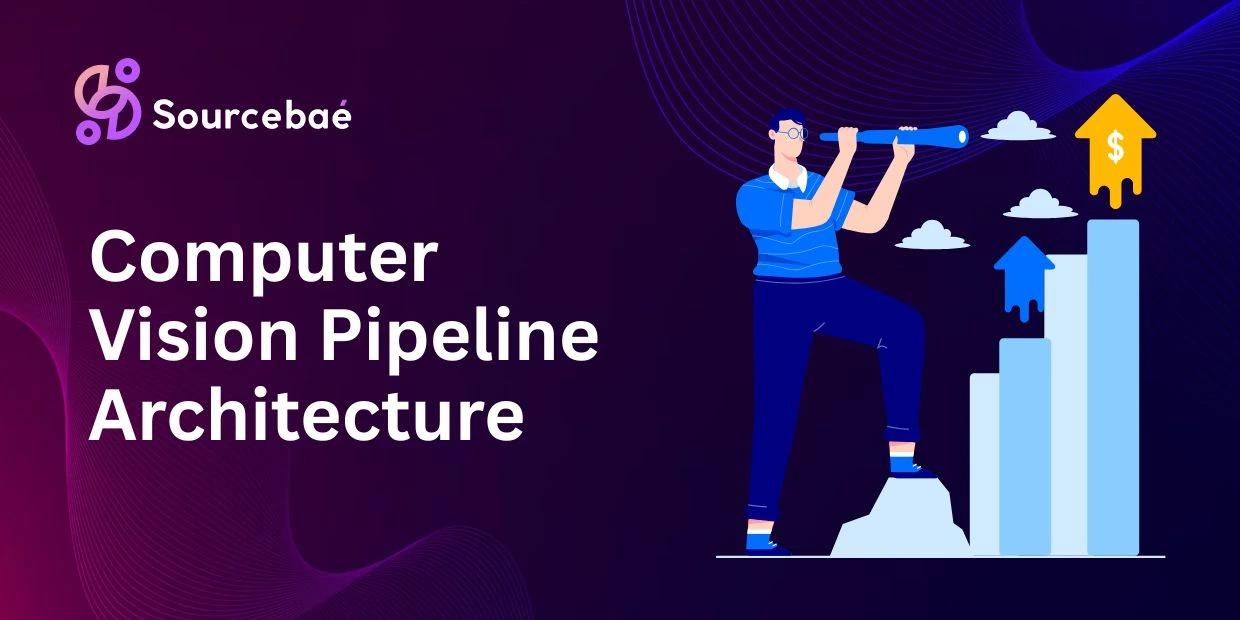Welcome to the future of visual intelligence! In this comprehensive guide, we will delve deep into the fascinating realm of Computer Vision Pipeline Architecture. If you’ve ever wondered how computers can interpret and make sense of the visual world, you’re in for a treat.
This article will serve as your roadmap, providing insights, explanations, and practical applications of this groundbreaking technology.
Understanding Computer Vision Pipeline Architecture
Computer Vision Pipeline Architecture is the backbone of any system designed to enable computers to understand and interpret visual data, much like the human visual system. It involves a series of interconnected stages or components, each with a specific role in transforming raw visual information into actionable insights. Let’s break down these components one by one:
Image Acquisition
In the first leg of our journey, the process begins with image acquisition. Here, cameras or sensors capture visual data from the environment. This data forms the foundation of the entire pipeline.
Preprocessing
Once the images are acquired, they undergo preprocessing. This stage involves activities such as noise reduction, image enhancement, and color correction, ensuring that the data is clean and ready for analysis.
Feature Extraction
Feature extraction is where the magic happens. Algorithms identify distinct features within the images, like edges, shapes, and textures. These features serve as the building blocks for further analysis.
Object Detection and Recognition
Now, the pipeline moves on to object detection and recognition. This is where computers start identifying objects within the images. Advanced algorithms, like convolutional neural networks (CNNs), are employed for this task.
Image Classification
In this stage, the system categorizes the detected objects into predefined classes. For instance, it can recognize a cat in an image and classify it as such. This classification is vital for decision-making.
Tracking
In scenarios involving moving objects, tracking becomes essential. The system needs to follow the movement of objects across multiple frames, allowing for real-time monitoring.
Post-processing
After all the analysis, post-processing takes place. Here, the system refines the results, eliminating false positives and fine-tuning the data for further use.
Decision Making
Based on the processed data, the system makes decisions or takes actions. This could range from autonomous vehicles making driving decisions to surveillance systems alerting security personnel.
Reporting and Visualization
Finally, the results are presented in a human-readable format. This could be in the form of reports, visualizations, or alerts, depending on the application.
Real-World Applications
Now that we have a grasp of the components, let’s explore the myriad real-world applications of Computer Vision Pipeline Architecture:
Healthcare
In the medical field, computer vision aids in diagnosing diseases from medical images, such as X-rays and MRIs. It can also assist in surgery by providing real-time guidance to surgeons.
Autonomous Vehicles
Self-driving cars rely heavily on computer vision to perceive their surroundings, detect obstacles, and make driving decisions.
Retail
Computer vision is transforming the retail industry with cashier-less stores, where customers can grab items and simply walk out, with their purchases automatically billed to their accounts.
Security and Surveillance
Security systems use computer vision for facial recognition, intrusion detection, and tracking suspicious activities.
Manufacturing
In manufacturing, computer vision ensures quality control by inspecting products for defects and deviations from standards.
Agriculture
Farmers employ computer vision for crop monitoring, disease detection, and yield estimation.
FAQs
1. What is the primary goal of Computer Vision Pipeline Architecture?
Computer Vision Pipeline Architecture aims to enable computers to understand and interpret visual data, much like the human visual system.
2. Are there any real-world applications of Computer Vision in healthcare?
Yes, computer vision is used in healthcare for disease diagnosis, surgery assistance, and medical image analysis.
3. How do autonomous vehicles utilize Computer Vision Pipeline Architecture?
Autonomous vehicles rely on computer vision to perceive their surroundings, detect obstacles, and make driving decisions.
4. Can Computer Vision be applied to the retail industry?
Yes, it is transforming the retail industry with innovations like cashier-less stores.
5. What role does Computer Vision play in security and surveillance systems?
Computer vision is crucial for facial recognition, intrusion detection, and tracking suspicious activities in security and surveillance.
6. How is Computer Vision beneficial in manufacturing?
In manufacturing, computer vision ensures quality control by inspecting products for defects and deviations from standards.
Conclusion
In conclusion, Computer Vision Pipeline Architecture is revolutionizing the way we interact with the visual world.
From healthcare to autonomous vehicles, its applications are limitless. This article has provided you with a comprehensive overview of its components, real-world applications, and answered some common questions.
So, embrace the future of visual intelligence, where computers see and understand the world around us.






